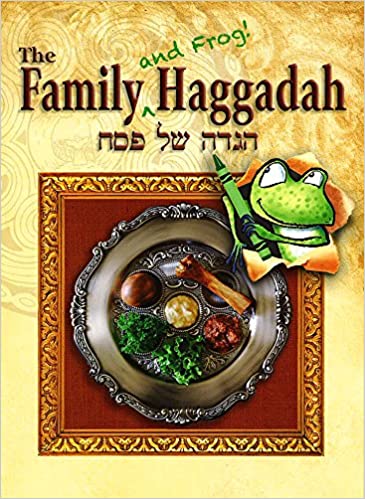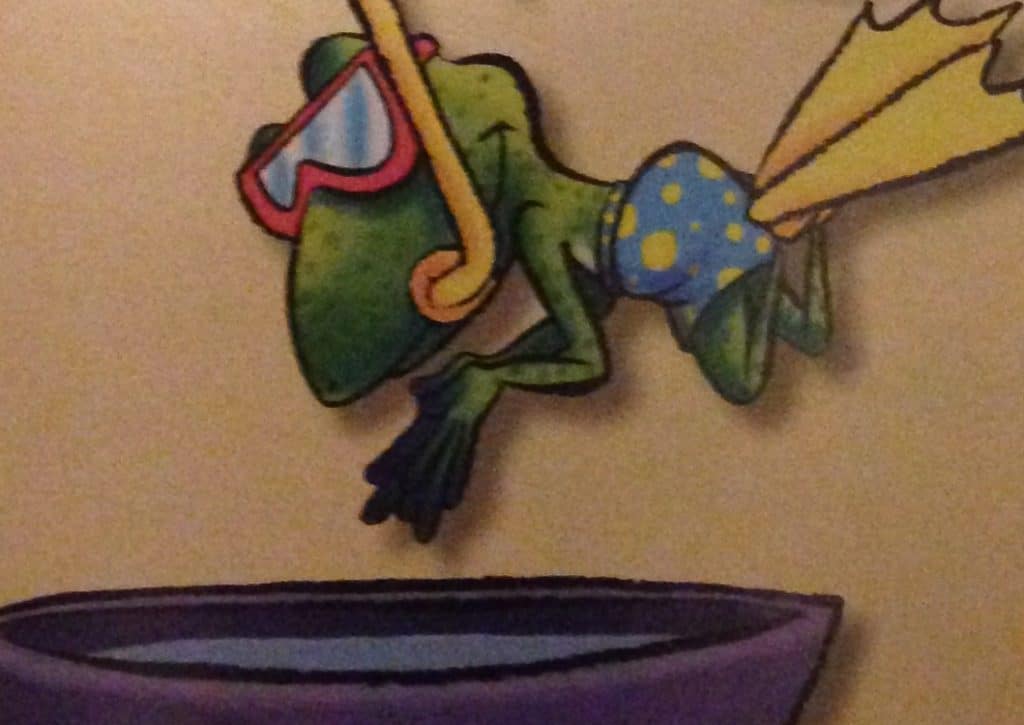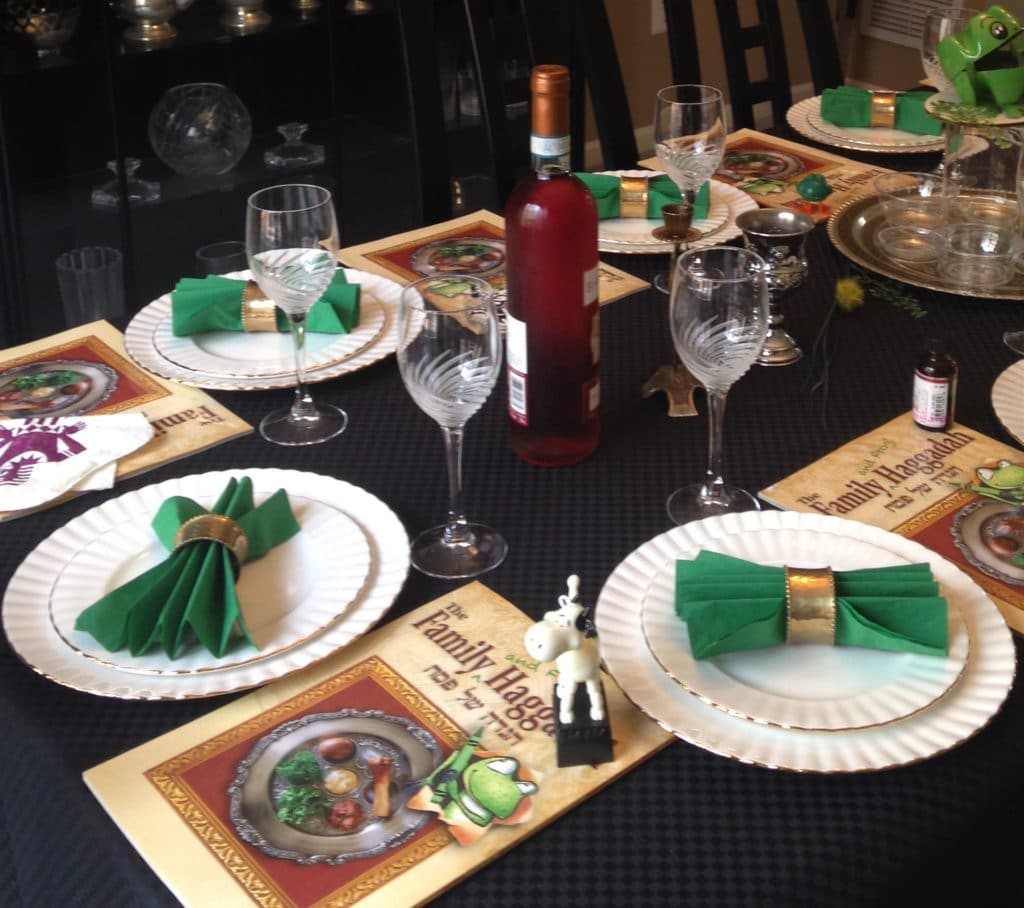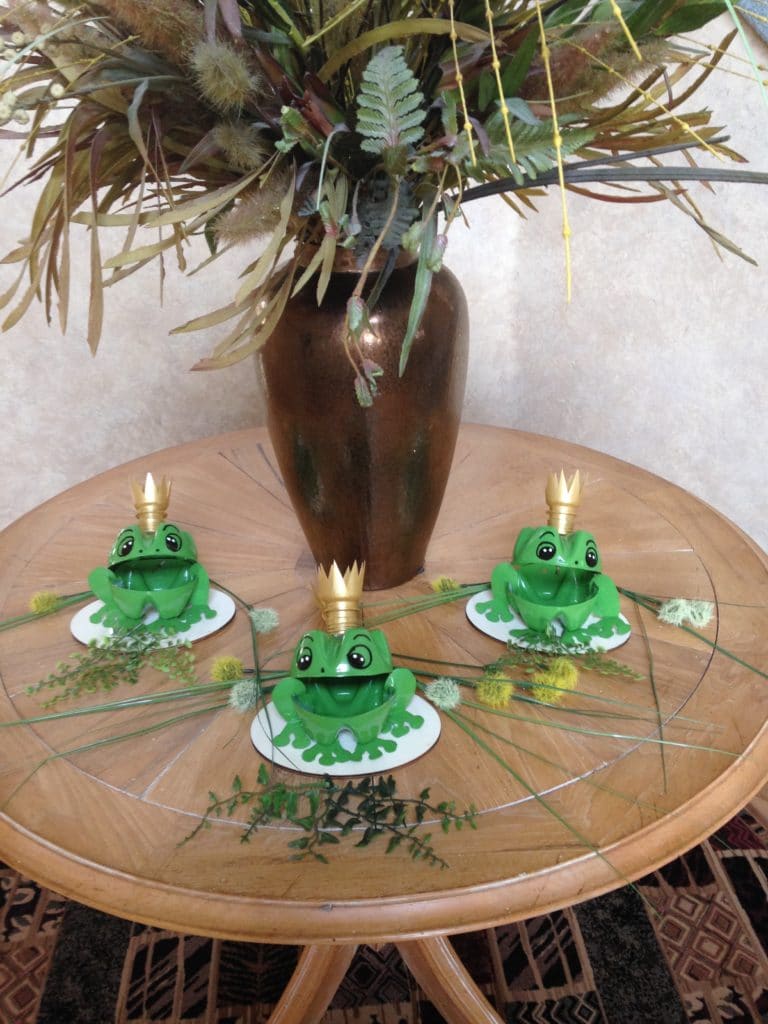Vaccinations are being dispersed, hospitalizations are dropping and some states are even lifting restrictions, yet we are still not out of the woods. That means that for many, the approaching holiday of Passover is once again going to be celebrated virtually. It is hard not to be disappointed as seders are typically enjoyed in the company of family and friends, but we have been here before and we have found there are some silver linings. There are the people who are far away whom we may not have otherwise not gotten to see, the ease of cleanup, and a number of online resources which take the stress out of hosting.
For those hosting a family seder for the first or 101st time, here is a guide to making the most out of it.
Hosting A Virtual Seder
Step 1: Get Everyone On The Same Page
Prior to the seder, assign your guests different parts of the story to be in charge of. Everyone can use their own Haggadah or if you prefer, you can send guests Haggadot in advance. I wrote one called, “The Family and Frog Haggadah,” from Behrman House. It includes all of the traditions one would expect, but livens things up with facts and pictures. It also keeps the seder to 30-45 minutes, which if you’ve tried to keep everyone engaged online for any extended period last year, you’ll know is helpful.
Step 2 : Decorate!
Get festive and extend your theme into your home! If you use “The Family and Frog Haggadah,” for example, decorate your table with green and of course, some frogs! A variety of frog themed toys can easily be found on Amazon or kids can make their own with “A Plague of Frogs: Paper Model Construction Book for Passover,” which features paper models of frogs to cut out and put together. Even though your seder may be virtual, it’s always fun to have a theme!
Step 3 : Introduce Activities
There are tons of activities you can find online or in books to engage children in the Passover story. Sticking with the frog theme, have your kids and the other kids on zoom make their own frog puppets and be the voice of Frog during the seder. It’s a great way to get them to participate!
PUPPETS

Click HERE for full instructions on making your own frog puppet for your seder.
COLORING
You can also download FREE coloring pages and have your kids color and glue Frog onto a popsicle stick.
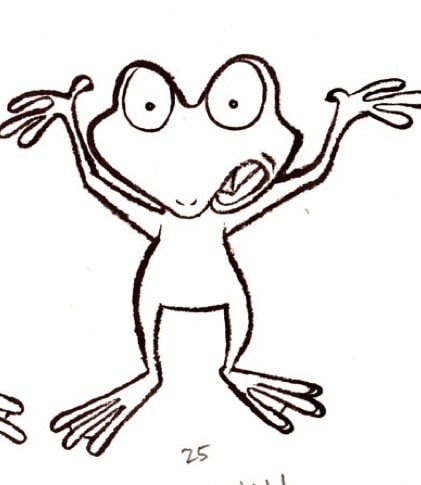
Ann Koffsky, author of the Passover activity book, Frogs in the Bed, suggests getting kids involved using visualization exercises. There are pages in her book which encourage little ones to draw themselves as an Israelite with two different expressions: one emotion for how they would have felt as slaves, and one as a freed person.
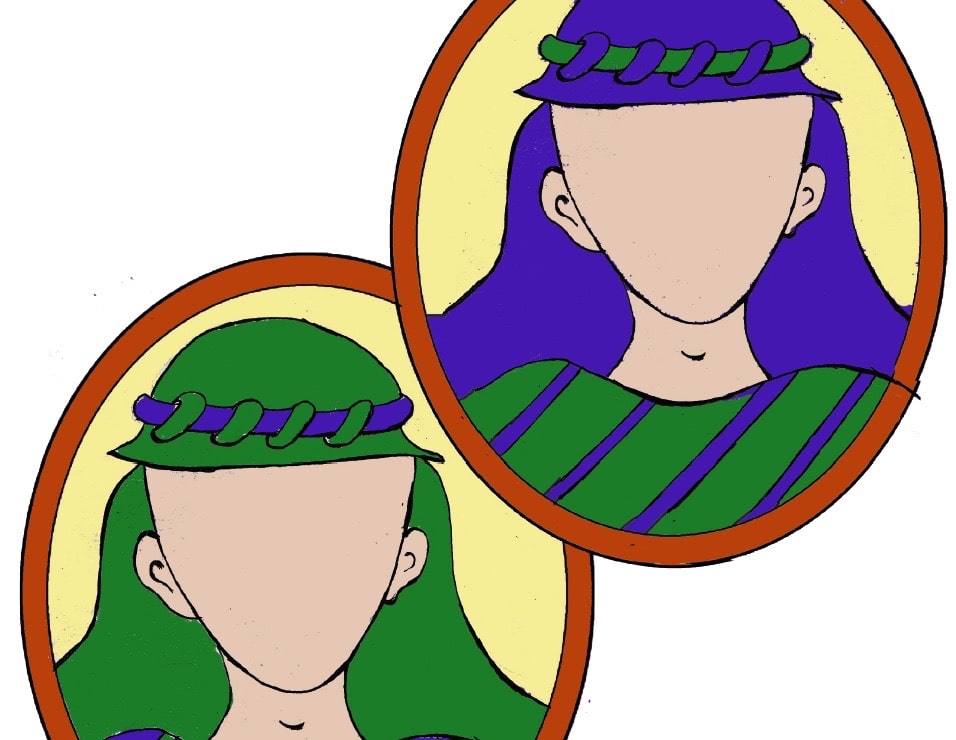
VIDEOS
There are also a number of videos you can show your kids to get them in the spirit including :
“Frog Counts Plagues and Toes” and “Frog Practices Mah Nishtanah with Vicki“
STORIES
Before or during the seder, read some kid friendly books to help tell the Passover story. It’s easy to stick with the frog theme, but of course, there are plenty of others to choose from. “Welcoming Elijah: A Passover Tale With A Tail,” won this year’s National Jewish Book Award and Association of Jewish Libraries Sydney Taylor Award and features an adorable kitten who wanders into the house as the door is opened for Elijah.
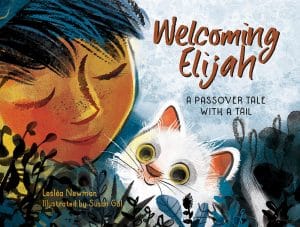
CRAFTS
Finding the afikomen, the piece of matzah that is hidden during the seder, is always exciting, but you can even engage your kids before the hunt by having them decorate their very own afikomen bag. PJ library offers an easy “how to.”
However you choose to celebrate, the bottom line is you don’t need to do it alone. Many synagogues, and even The City Winery, are hosting virtual seders online this year. Click here to find one that fits your style.
Happy Passover!

Karen Rostoker-Gruber
Award-winning Children’s Book Author
Rostoker-Gruber’s books include, Farmer Kobi’s Hanukkah Match, which was named a National Jewish Book Award Finalist and was awarded the 2016 Outstanding Children’s Literature Award from the Church and Synagogue Library Association. Her latest, Happy Birthday for the Trees (KarBen) and A Crowded Farmhouse Folktale (Whitman) were both published in 2020. She is a member of The Book Meshuggenahs, a group of women in the U.S. and Israel who write picture books and serve as a resource for the Jewish communities and families.


